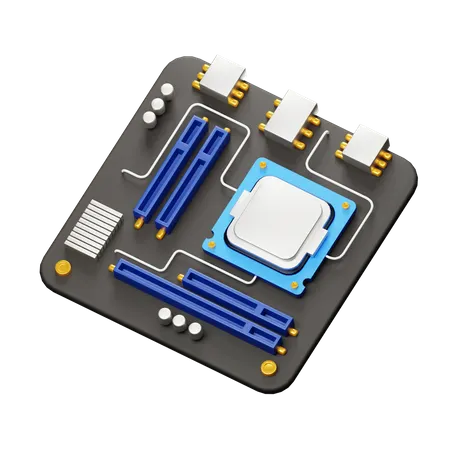
Mouse

Mouse – External & Peripheral Hardware A mouse is a widely used external and peripheral hardware device designed to control the movement of the pointer (or cursor) on a computer screen. It serves as a primary input device in computing environments, enabling users to interact with graphical user interfaces, navigate through content, and execute commands efficiently. As an external device, a mouse connects to the …
Read More
Keyboard

Keyboard – External & Peripheral Hardware A keyboard is one of the most fundamental external and peripheral hardware devices used in computing. It serves as a primary input tool that allows users to enter data, issue commands, and interact with software applications through a series of keys arranged in a specific layout. Typically connected to a computer via a USB cable, wireless dongle, or Bluetooth, …
Read More
Monitor

Monitor – External & Peripheral Hardware A monitor is one of the most essential components of external and peripheral hardware used in computing systems. It is an output device that displays visual information generated by the computer. Monitors are primarily used to interact with software interfaces, visualize data, watch multimedia content, and perform tasks ranging from basic computing to advanced graphics work. As a peripheral …
Read More
KVM Switch
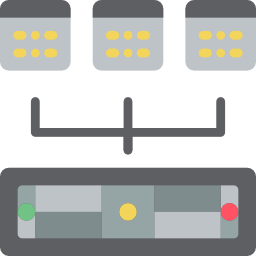
KVM Switch – Network Hardware Components A KVM switch, short for Keyboard, Video (monitor), and Mouse switch, is a hardware device that allows a user to control multiple computers using a single keyboard, monitor, and mouse setup. It is especially useful in environments where space, efficiency, and centralized control are critical. KVM switches are considered part of both peripheral and network-related hardware components due to …
Read More
UPS (Backup Power)
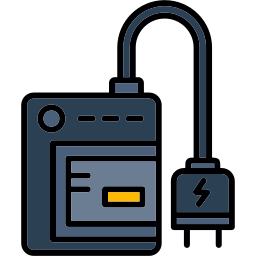
UPS (Backup Power) – Network Hardware Components A UPS, or Uninterruptible Power Supply, is a hardware device designed to provide backup power to electronic equipment in the event of a power outage, voltage drop, or electrical disturbance. It is a critical component in both personal and enterprise network environments, as it ensures the continuous operation of computers, servers, network hardware, and other essential systems …
Read More
Rackmount Frame
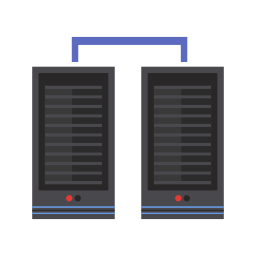
Rackmount Frame – Network Hardware Components A rackmount frame, often referred to simply as a server rack or network rack, is a physical hardware structure designed to house and organize multiple pieces of networking and computing equipment in a standardized and efficient manner. It is a foundational component in data centers, telecommunications rooms, server closets, and enterprise IT environments. The main purpose of a rackmount …
Read More
Server
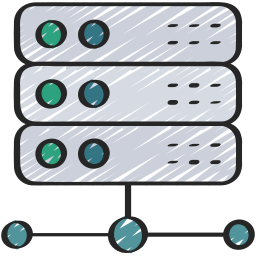
Server Network Hardware Components Server network hardware components are essential parts of any IT infrastructure. These physical devices enable servers to communicate with other devices, users, and systems on a local or wide area network. The performance, reliability, and scalability of a server network depend heavily on the quality and compatibility of these hardware components. In this explanation, various server network hardware components are described, …
Read More
NAS (Network Attached Storage)
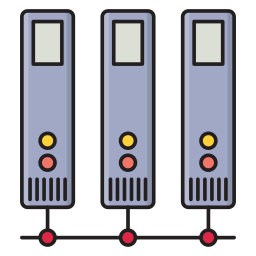
NAS (Network Attached Storage) Network Hardware Components Network Attached Storage, commonly referred to as NAS, is a specialized hardware device designed to provide centralized storage and file sharing services over a network. Unlike direct-attached storage, which connects directly to a single computer, NAS devices connect to a local area network (LAN) and offer storage access to multiple users and devices simultaneously. NAS has become a …
Read More
PoE Injector / Splitter
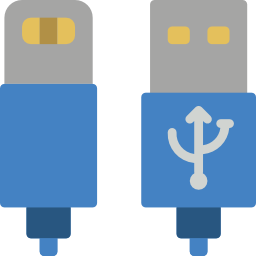
Understanding PoE Injectors and Splitters in Network Hardware Components Power over Ethernet (PoE) technology has become a fundamental part of modern network infrastructure, enabling the delivery of both power and data through a single Ethernet cable. Two critical hardware components that support this technology are PoE injectors and PoE splitters. These devices are especially useful in scenarios where standard network equipment does not natively …
Read More
Media Converter
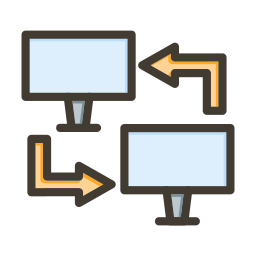
Understanding Media Converters in Network Hardware Components Media converters are essential hardware devices used in networking environments to enable communication between different types of media, typically converting electrical signals to optical signals and vice versa. They serve as a bridge between copper-based Ethernet cables (such as twisted pair) and fiber optic cabling. By doing so, media converters extend the reach of a network, improve signal …
Read More
Fiber Optic Cable
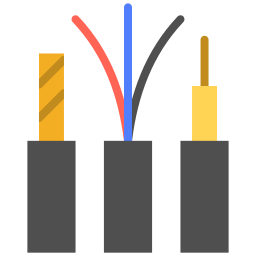
Fiber Optic Cable – Network Hardware Components Fiber optic cable is one of the most advanced and reliable components in modern network infrastructure. It is a type of hardware used for transmitting data over long distances at incredibly high speeds with minimal signal loss. This technology uses strands of glass or plastic fibers to carry light signals rather than electrical signals, which makes …
Read More
RJ-45 Connectors
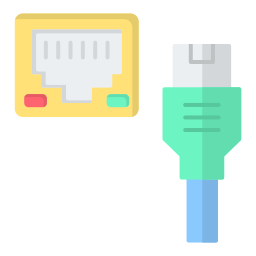
RJ-45 Connectors – Network Hardware Components RJ-45 connectors are essential components used in network cabling for establishing physical connections between devices such as computers, switches, routers, and modems. These connectors are widely used in Ethernet networking and are designed to fit onto the ends of twisted-pair copper cables, typically Category 5e, Category 6, or higher. Structure and Design of RJ-45 Connectors RJ-45 stands for …
Read More
Ethernet Cables (Cat5/6/7)
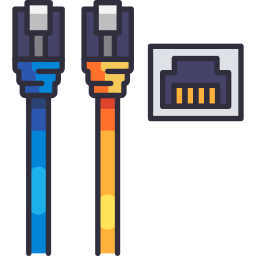
Understanding Ethernet Cables (Cat5, Cat6, Cat7) and Network Hardware Components Ethernet cables and network hardware components are essential elements in setting up wired networks. These components are widely used in homes, businesses, and data centers to ensure stable and high-speed internet connectivity. The physical tools involved in networking are often overlooked, yet they form the backbone of all modern communication systems. Ethernet Cables (Cat5, …
Read More
Patch Panel
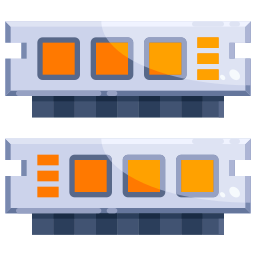
Understanding Patch Panels in Network Hardware Components A patch panel is a crucial piece of hardware used in network infrastructure to organize and manage multiple network cables in a clean, efficient, and scalable manner. Commonly installed in data centers, telecommunications rooms, and server closets, patch panels are designed to serve as a central point where incoming and outgoing cables from different network devices meet. This …
Read More
Firewall Device
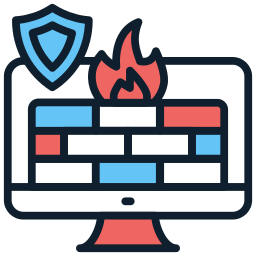
Firewall Device in Network Hardware Components A firewall device is a physical network security component that monitors, filters, and controls incoming and outgoing traffic based on predefined security rules. It serves as a protective barrier between a trusted internal network and untrusted external sources, such as the internet. Unlike software firewalls, which are installed on individual devices, hardware firewalls are standalone units designed specifically to …
Read More
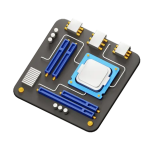
Hardware Tools
Microsoft Tools: Comprehensive Overview, Uses, and Comparison
Microsoft Tools encompass a wide range of software applications and services developed by Microsoft to enhance productivity, communication, creativity, and entertainment across personal, educational, and professional environments. These tools are designed to integrate seamlessly with the Windows operating system, offering a coherent ecosystem that supports diverse user needs. Microsoft Tools are widely recognized for their reliability, security, and compatibility with both desktop and cloud-based platforms, making them essential for individuals, organizations, and educational institutions.
One of the core uses of Microsoft Tools is productivity. Applications such as Word, Excel, and PowerPoint allow users to create, edit, and manage documents, spreadsheets, and presentations efficiently. Word provides advanced word processing capabilities, supporting text formatting, collaboration, and document sharing. Excel offers powerful data management and analysis functions, including formulas, pivot tables, and charts, which are widely used in finance, research, and business operations. PowerPoint enables the creation of professional presentations with multimedia integration, animation, and design templates, facilitating effective communication in corporate, academic, and personal contexts.
Collaboration and communication are also central to Microsoft Tools. Outlook serves as a comprehensive email client, calendar, and task manager, allowing users to manage schedules, organize meetings, and integrate communication across multiple devices. Teams is a hub for teamwork, combining chat, video conferencing, file sharing, and project management in one platform. OneNote provides a digital notebook environment for organizing notes, multimedia content, and research materials, enabling collaboration in educational and professional settings. These tools facilitate seamless interaction among individuals and groups, whether working in offices, remotely, or in classrooms.
Cloud storage and data management are supported through OneDrive, which allows users to store, sync, and share files securely. OneDrive integrates with Microsoft Office applications, enabling real-time collaboration and access to files from multiple devices. This cloud-based approach supports backup, remote work, and file recovery, making it an essential component of Microsoft’s ecosystem. For creative projects, Paint and Minecraft provide unique platforms for visual expression, digital art, and game-based learning. Paint offers a simple yet effective tool for image creation and editing, while Minecraft encourages creativity, problem-solving, and coding skills through interactive gameplay and educational editions.
Microsoft Store functions as a central hub for accessing applications, games, media content, and hardware. Users can browse, download, and purchase software, movies, and music with security and convenience. Xbox integration and subscription services such as Game Pass provide gaming experiences and access to a library of titles across devices. Phone Link allows seamless connection between Windows PCs and smartphones, enabling users to access notifications, messages, and apps from their mobile devices directly on a computer. Passkey enhances digital security by offering a modern authentication method that reduces reliance on traditional passwords.
Regarding cost, Microsoft Tools offer a combination of free and paid options. Many applications, such as Word, Excel, PowerPoint, and OneNote, are accessible through free versions or limited functionality modes, while premium features, additional storage, or enterprise capabilities require subscription or purchase. Microsoft 365, for example, bundles popular applications and services with cloud storage for a monthly or yearly fee. Minecraft, Xbox Game Pass, and premium apps from Microsoft Store typically require purchase or subscription, although trial versions or limited free content are often available. Compared to third-party alternatives, Microsoft Tools provide stronger integration, security, and support but may involve higher costs for advanced features or bundled services.
When compared to other productivity and creative ecosystems, Microsoft Tools excel in integration and versatility. Competing platforms such as Google Workspace, Apple iWork, or independent software may offer similar features in isolated areas, but Microsoft’s suite provides a unified experience across desktop and cloud environments. The ability to collaborate in real-time, access files from multiple devices, and leverage enterprise-grade security makes Microsoft Tools particularly attractive for business, educational, and professional use. Moreover, the extensive support network, regular updates, and continuous innovation reinforce their reliability and long-term value.
In conclusion, Microsoft Tools form a comprehensive ecosystem that supports productivity, communication, creativity, education, and entertainment. Their applications range from essential office software to cloud storage, gaming, security, and collaboration platforms, all designed to work seamlessly together. While some features require payment, the combination of free access, subscription options, and cross-device integration ensures that Microsoft Tools provide exceptional value to individual users, organizations, and educational institutions. The ecosystem’s strengths lie in its versatility, security, and cohesive design, allowing users to manage tasks, projects, communication, and digital content efficiently. Overall, Microsoft Tools are not only practical solutions for daily tasks but also strategic platforms that enhance creativity, learning, and professional development, making them a cornerstone of modern digital life.


Google Drive
لورم ایپسوم متن ساختگی با تولید سادگی نامفهوم از صنعت چاپ و با استفاده از طراحان گرافیک است.
★★★★★


Google Scholar
لورم ایپسوم متن ساختگی با تولید سادگی نامفهوم از صنعت چاپ و با استفاده از طراحان گرافیک است.
★★★★★


Google Trends
لورم ایپسوم متن ساختگی با تولید سادگی نامفهوم از صنعت چاپ و با استفاده از طراحان گرافیک است.
★★★★★
سبد خرید
